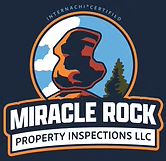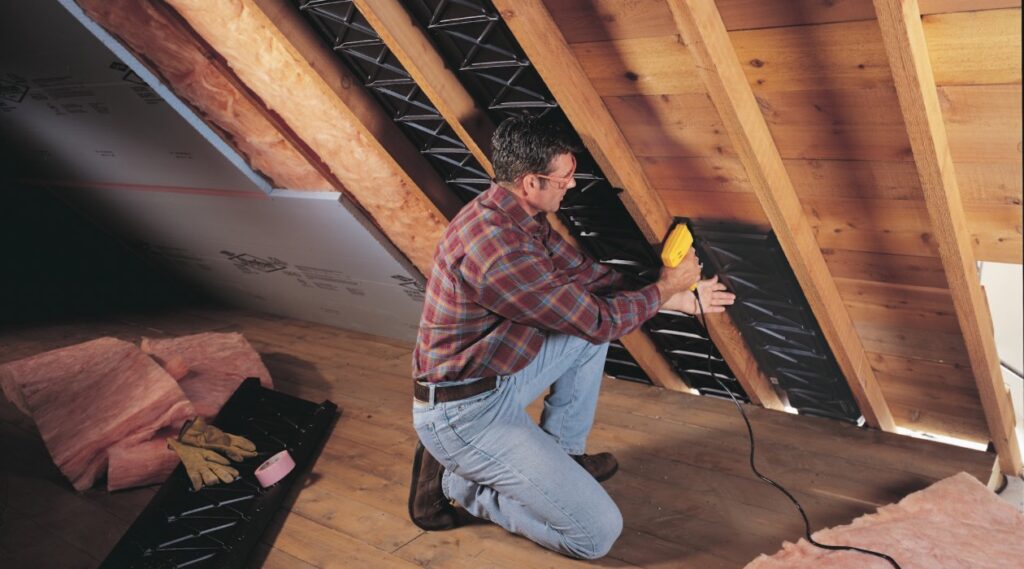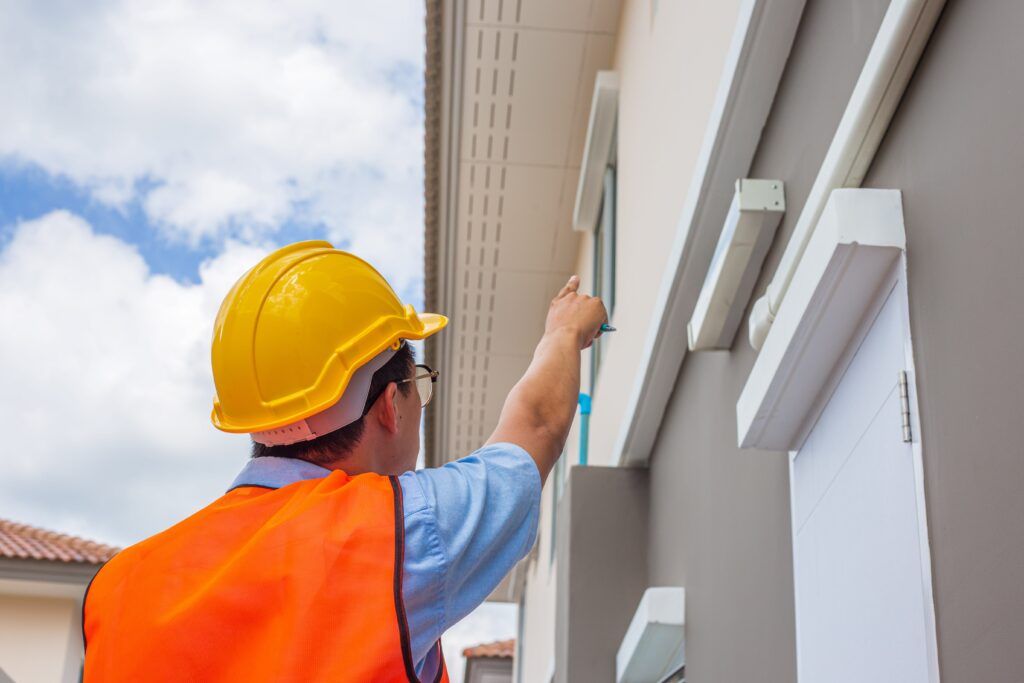Once the outside is secured, an Interior Inspection focuses on the functionality and safety of the living spaces. The interior of your home is where you spend the majority of your time, so it’s essential to ensure that everything is in top condition. Key areas of focus include:
- Plumbing Systems: Inspecting pipes for leaks, corrosion, or other issues prevents water damage and costly repairs.
- Electrical Systems: A look at the home’s wiring, outlets, and circuit breakers ensures the electrical system is safe and up-to-date.
- HVAC Systems: Ensuring that your heating, ventilation, and air conditioning systems are in working order is vital for comfort and efficiency.
- Interior Walls, Ceilings, and Floors: Inspecting for cracks, stains, or mold ensures a healthy living environment and prevents potential structural damage.
- Insulation and Ventilation: Proper insulation keeps energy costs low, and good ventilation prevents issues like excess moisture and mold growth.
The interior inspection ensures that the home is not only safe but also comfortable, functional, and energy-efficient.



